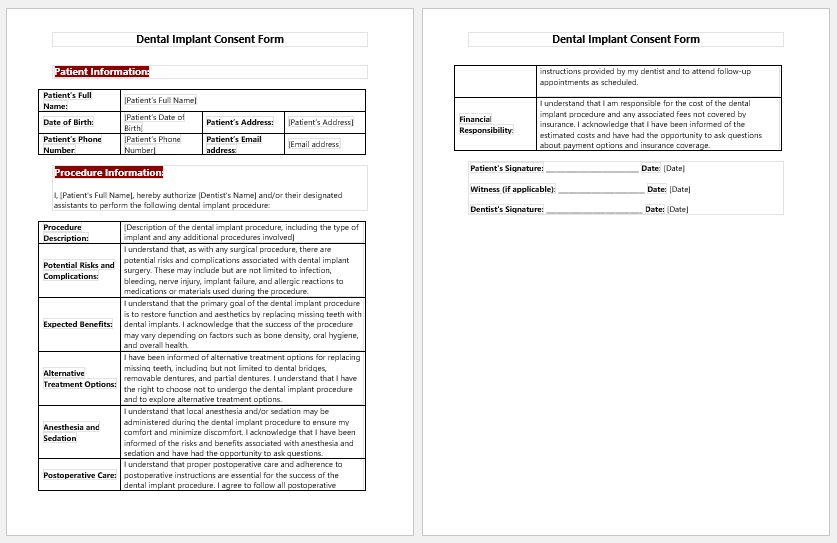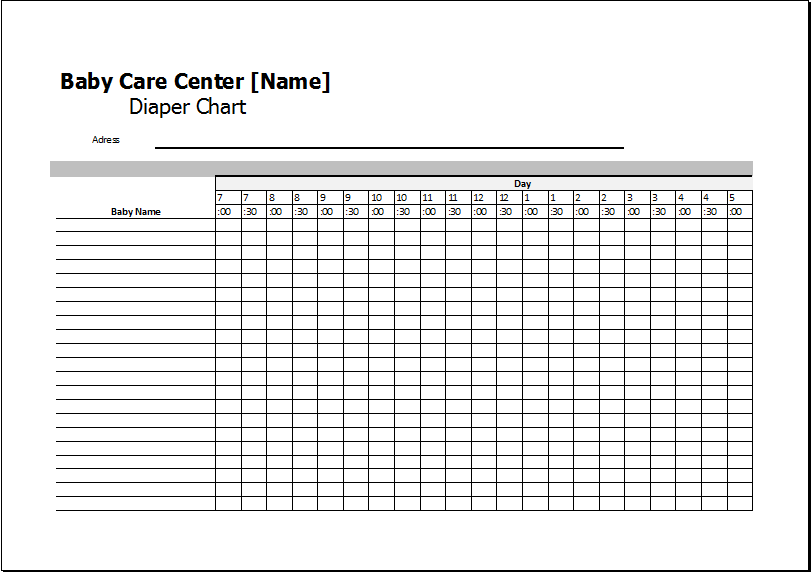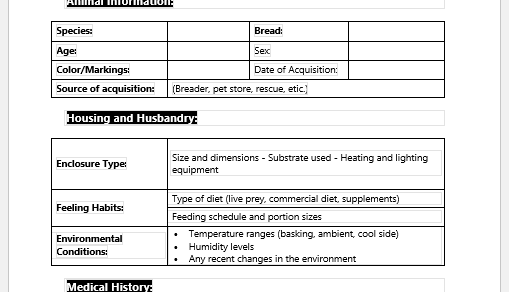What is a dental implant?
The endosseous implant is another name used for dental implants. It is an external object that is supposed to be implanted in the oral cavity, interfaces with the bones of the mouth cavity and the jaw, and gradually becomes a part of the mouth cavity.
Crowns, bridges, facial prostheses, and dentures are frequently used as dental implants. Osseointegration is the process that results in the fusion of the bones of the mouth and this dental prosthesis. The external denture fuses with the human tissue as it is a part of the mouth cavity.
Success or failure of dental implants
The success or failure of the implants is highly dependent on some factors. This means that the dental implants might show different results according to the age, gender, and previous dental condition of the patient. It also depends on oral hygiene habits and how the patient shows compliance after the implants have been placed.
Apart from that, some drugs are also prescribed post-implantation. They are meant to enhance the process of osseointegration, and the healing gets better. They also help in the improvement of the general oral health of the patient.
Evaluation and pre-requisites
These are some of the details of the dental implants, and the procedure is another description. The position of implants is another factor that determines the success or failure of the implants. The position is mainly dependent on the previous alignment of the teeth and the shape of the jaw, depending on the age of the patient.
To determine the position, dentists use various methods, which include CT with CAD or CAM simulation, or sometimes surgical guides are used. These surgical guides are termed stents. All this drilling is done only to make sure that the prerequisites are fulfilled. Health bones and gingiva are the most important among many.
Complications of dental implants
Last but not least, the risk and sometimes possible complications can also arise despite taking full care and carrying out all the necessary procedures. All the risks, which include excessive bleeding and failure of osseointegration, must be explained to the patient before he consents to the procedure in the end.
Well, the reason behind all the context is that the consent form is necessary for a mere dental implant. We cannot take it for granted because, from evaluation to the actual implants, the whole procedure is full of risks and complications. It can only be done once the patient is explained all the details and he consents to it in writing.
Dental implant consent form
A dental implant consent form is made for all the reasons mentioned above. This form is quite similar to the rest of the consent form, with a difference in the explanation of the procedure, evaluation, and complications of the procedure written in the form.
The name of the patient, age, gender, current diagnosis, name of the doctor, and his previous health condition, along with the indication of dental implants, are mentioned so that there is no confusion before or after the procedure.
- Nursing Documentation Templates
- Mental Health Evaluation Forms
- Forms Used by Pediatricians
- Various Forms Related to Pregnancy Verification
- Common Forms Used by ENT Specialists
- Pain Diary Worksheet Template
- Forms Commonly Used by Old Age Homes
- Medical Treatment Consent Form
- Home Exercise Program Worksheet
- Forms Used for Mental Health Assessment
- Forms Used by Psychologists
- Medical Forms Commonly Used by/for Students
- Assessment Consent Form
- Forms Used by an Anesthesiologist
- Not Fit to Fly Certificate Template



